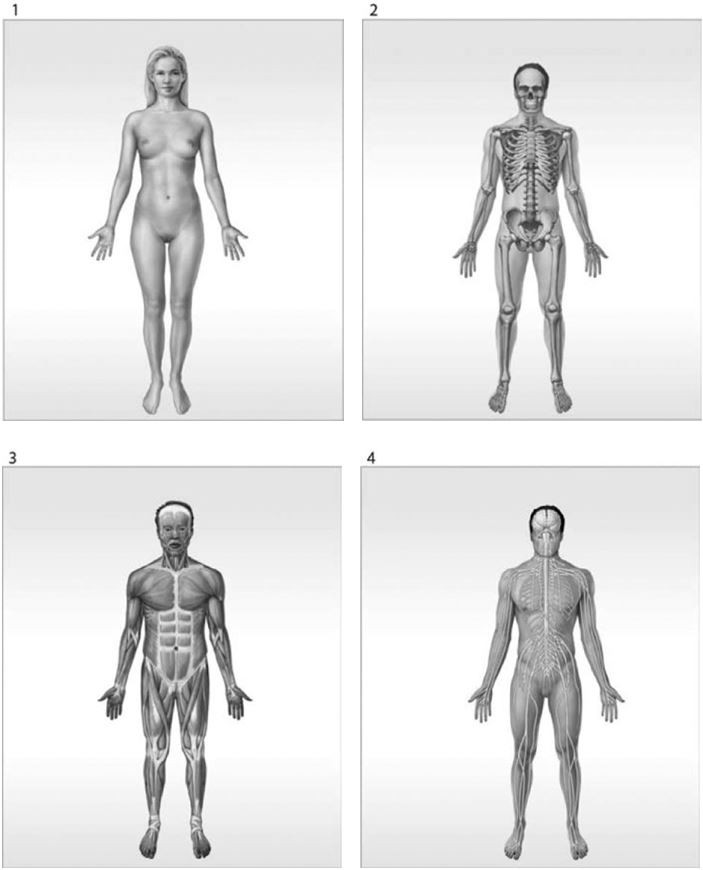Explain how the flexibility or rigidity of a dead body can provide a clue about a murder victim's time of death
What will be an ideal response?
A murder victim's time of death can be estimated according to the body's flexibility or rigidity because rigor mortis typically begins a few hours after death, reaches maximum rigidity some 2-7 hours after death, and subsides about 1-6 days later or when decomposition begins. Thus, for example, a victim whose body lacks any signs of rigor mortis likely died within the past few hours. At the molecular level, the membranes of the dead cells are no longer selectively permeable, and the SR is no longer able to retain calcium ions. As calcium ions enter the sarcoplasm, a sustained contraction develops, making the body extremely stiff. Contraction persists because the dead muscle cells can no longer make the ATP required for cross-bridge detachment from the active sites. Rigor mortis lasts until the lysosomal enzymes released by autolysis break down the myofilaments.
You might also like to view...
Your friend tells you that her baby was dubbed a "blue baby" by hospital staff and that it was born with a "hole in its heart". Provide an explanation to your friend of this phenomenon
The process that involves the phases prophase, metaphase, anaphase, and telophase is called ________.
Fill in the blank(s) with the appropriate word(s).
Which organ system is labeled #1?

A) nervous system
B) reproductive system
C) integumentary system
D) lymphatic system
E) muscular system
Which type of transport proteins use cell energy to move molecules across the plasma membrane?
A. Cadherins B. Ligand-gated ion channels C. Leak-ion channels D. ATP-powered pumps